Strong structures need plans, and secure organizations need programs. As businesses grow, the complexity of their codebases increases, along with the number of integrations and deployments. In the push to move fast, security often falls behind, reacting to problems instead of preventing them. Small oversights can turn into patterns: vulnerabilities found too late, fixes delayed, and teams working in isolation.
In many organizations, the challenge isn’t a lack of effort; it’s a lack of structure. The tools, policies, and intentions are often already in place, but without a clear framework to connect them, progress quickly turns into noise. Developers push code at speed, security checks come only after release, and leadership assumes the gaps in between are covered until the day they realize they aren’t.
An Application Security Program changes that narrative; it replaces isolated activity with an integrated system - one that turns security into a continuous discipline embedded in every stage of development. A well-built AppSec Program aligns teams, defines accountability, and transforms protection from a reactive exercise into a proactive practice that grows your business.
This philosophy defines how programs are built, creating a structure that supports speed, scales with complexity, and endures beyond compliance. Ultimately, structure doesn’t slow you down; it’s what allows you to move faster.
Why you need a formal AppSec Program
Modern businesses depend on applications. They power transactions, customer experiences, and innovation, but the same code that drives growth can also open doors to risk. With each release, integration, or new dependency, attackers gain another point to exploit.
Development today moves faster than ever. Traditional security reviews and quarterly audits are insufficient to keep pace with daily releases. When security checks happen at the end of a sprint, they’re already too late. Teams often fix issues after deployment instead of preventing them earlier.
An Application Security (AppSec) Program helps bring order to this chaos. It consolidates scattered security checks into a single, structured system. Instead of relying on one-time scans, it builds security into every stage of development. Each code change presents an opportunity to verify safety, and every release serves as a checkpoint for assurance.
The benefits go far beyond technology. Security becomes predictable, accountability becomes clear, and teams work together instead of in silos. Developers know what to secure, security teams know what to test, and leadership gets visibility into real progress, not just reports. What once felt like friction turns into smooth coordination.
Without this kind of structure, organizations face familiar problems: too many tools, duplicate findings, and unclear ownership. With it, security becomes everyone’s responsibility.
Assess your Maturity before you build
Every strong security program starts with clarity. Before you move forward, you need to know exactly where you stand today. Most organizations know the tools they use, but not how mature their security practices really are. They scan for issues, patch them, and share reports, yet progress often feels disconnected. Building a security program without this understanding is akin to constructing a bridge without knowing its required structural integrity. The foundation determines its strength.
Assessing your current maturity isn’t about pointing out flaws; it’s about setting direction. It helps you see what matters most and where to focus. The goal is simple: align your current state with your future vision, and build with intention, not reaction.
A structured Readiness Assessment should look at four key areas:
- People: Are roles and responsibilities clearly defined? Do teams understand how security fits into their daily work?
- Process: Are secure practices part of your development cycle, or are they still last-minute checks?
- Technology: Do your tools work smoothly within your build pipelines, or do they create extra steps and silos?
- Metrics: Are you measuring meaningful progress over time, or just tracking activity?
These questions uncover more than just your security health; they reveal how your organization functions. They show where structure already exists and where it needs reinforcement.
A readiness assessment does more than identify gaps; it accelerates improvement. It ensures every investment, policy, and tool supports the same purpose: building a security program that grows with your business.
The Core Pillars of A Strong AppSec Program
Once you understand where you stand, the next step is to define what you will build on. Every strong structure needs a foundation, and in Application Security, that foundation is built on key pillars. These pillars turn good intentions into clear, repeatable actions. They bring direction to every role, rhythm to every process, and meaning to every decision.
A strong AppSec Program is like a system of connected parts that work together: governance, design, testing, remediation, measurement, and culture. Together, they turn security from an isolated task into a continuous discipline.
Here’s how each pillar strengthens the program:
Governance and Policy
Governance doesn’t slow teams down; it keeps them aligned. It clearly defines who owns what, how reviews are done, and where accountability lies. When structure is clear, speed becomes safe. Governance turns confusion into coordination by making sure every decision has a responsible owner.
Secure Design and Threat Modeling
Security starts long before a single line of code is written. Every design choice adds potential risk. Threat modeling brings structure to this stage by mapping data flows, finding weak points, and asking a simple question: “What could go wrong here?” The earlier these risks are found, the cheaper and easier they are to fix.
Secure Implementation and Code Quality
Speed matters, but speed without discipline increases risk. Automation tools like static analyzers and dependency checkers help, but they can only find what they’re programmed to see. Human review adds critical context, catching business logic or workflow flaws that tools may overlook.
Security Testing and Validation
Testing is where plans meet reality. A mature AppSec program layers multiple types of testing, static, dynamic, and manual penetration testing, to ensure coverage at every stage. The goal is to test smarter by combining automation with expert review.
Triage and Remediation Workflow
Finding issues is only half the job; fixing them is what truly matters. A structured remediation process defines how findings move from detection to validation to closure. It removes duplication, reduces noise, and helps teams focus on what’s truly important.
Metrics, Reporting, and Feedback
Metrics tell the real story of maturity. What gets measured improves. Good reporting shows not just how many issues were found, but how fast and how well they were fixed. This visibility builds trust between teams and leadership, turning raw data into actionable progress.
Culture and Training
A strong security culture forms when developers understand why security matters, not just what to fix. Even the best tools can’t replace awareness. Regular training, security champion programs, and peer learning make security a shared responsibility across the organization.
Each of these pillars strengthens the others. Governance defines ownership, testing validates it, metrics prove it, and culture sustains it. Together, they form a structure that does not just protect your software, it matures your organization.
Tooling and Automation
Modern development moves fast, and so should security. Tools like scanners, dependency checkers, and API monitors help teams manage that speed. They promise broad coverage and faster testing. But tools alone aren’t enough; it’s the discipline behind how and when they’re used that makes the difference.
In many organizations, automation starts with good intentions but quickly becomes overwhelming. Dozens of tools generate thousands of alerts. Every issue looks urgent, every dashboard is full, and teams end up buried in noise. Developers start ignoring alerts, security teams get stuck sorting through false positives, and leadership sees activity but not real assurance.
That’s where structured automation comes in. A strong AppSec program uses automation with purpose to create rhythm, not chaos. It integrates checks directly into your development process, validating every commit and every build without slowing teams down. The goal isn’t to automate everything; it’s to automate meaningfully.
Automation should handle repetitive tasks so that experts can focus on interpretation and decision-making. This balance keeps AppSec both scalable and human. Developers get immediate, useful feedback. Security teams focus on true risks, not noise. Leadership sees measurable progress, not just movement.
At AppSecure, we believe automation is only as strong as the structure around it. That’s why our Pentest-as-a-Service (PTaaS) platform connects automation with human intelligence. It transforms fragmented testing into a continuous validation cycle that moves at the same pace as development, ensuring that every release is both faster and safer.
Measuring What Matters
Metrics reveal the true state of security and maturity in your systems. They bridge the gap between engineering precision and business understanding. Without them, progress can look like motion without direction. With them, you can see what’s improving, what’s lagging, and where real impact is being made.
A mature AppSec program doesn’t just track activity; it measures risk reduction. That’s the difference between showing effort and proving evolution.
At the heart of every successful AppSec program is a strong reporting loop. Each cycle tracks where vulnerabilities were found, how quickly they were fixed, and how often they come back. Over time, these insights shift security from being reactive to being data-driven and preventive.
AppSecure uses a Metrics and Reporting Framework built around five key dimensions of maturity:
- Quality: How accurate your findings are, the ratio of true issues to false alarms.
- Efficiency: How quickly and effectively issues are fixed is a measure of collaboration and responsiveness.
- Coverage: How much of your application environment is tested, ensuring no blind spots remain.
- Culture: How engaged your developers are reflected in secure coding practices and training participation.
- Impact: How much overall risk is reduced with each review cycle, turning technical progress into business confidence.
When measured consistently, these indicators do more than satisfy audits; they build trust, leadership sees the program’s trajectory, and developers see their progress, whereas Security teams see their purpose.
Phased Rollout Strategy
An Application Security program isn’t deployed overnight; it’s built layer by layer.
Too many organizations attempt to secure everything at once and end up securing nothing well. Real progress comes from focus, starting small, proving value, and then expanding through repeatable success. The strength of an AppSec program lies not in how fast it scales, but in how intentionally it grows.
A mature AppSec program should roll out as a series of maturity milestones, not just a checklist. Each phase reinforces the previous one, building both confidence and consistency.
Here’s how that progression takes shape:
- Phase 1 - Pilot: Start with one critical application or business system. Define ownership, and establish workflows for testing, triage, and remediation. Use this phase to refine coordination between development and security teams.
- Phase 2 - Expansion: Extend coverage to additional applications, APIs, and services, and standardize your testing cadence and begin automating where stability allows.
- Phase 3 - Integration: Embed AppSec tools and checks directly into the system, security becomes part of every build, invisible to developers, invaluable to outcomes.
- Phase 4 - Governance: Formalize your processes, define SLAs, reporting cadence, and escalation paths, and link findings to risk registers and compliance frameworks for complete traceability.
- Phase 5 - Continuous Assurance: Move beyond periodic testing to ongoing validation. Integrate continuous penetration testing and live monitoring, and security evolves into an adaptive system always aligned with the pace of development.
Each phase adds maturity. By the end of this journey, security shifts from being reactive to being predictive, identifying weaknesses before they manifest and improving resilience through repetition.
Common Pitfalls to Avoid
Even the most well-intentioned security programs can lose direction. Not because teams lack expertise, but because structure gets diluted in execution, and when velocity dominates clarity, complexity creeps in quietly. Over time, the framework weakens, and what began as a disciplined program starts to resemble scattered activity.
The most common pitfalls share a single cause: misalignment.
Some organizations deploy too many tools without a unifying process. Automation multiplies alerts faster than teams can respond, whereas others define ownership loosely - everyone is responsible, which often means no one truly is. In some cases, metrics focus on quantity instead of quality, driving reports instead of results.
Then there’s the cultural gap, where security is seen as a gate, and just not a guide. Developers push forward under delivery pressure, while security teams struggle to keep up. These two operate in parallel, not in partnership.
These patterns are seen across industries and maturity levels, and the solution is not more technology, it’s structure - clear workflows, defined accountability, validated results, and disciplined metrics. When processes align, tools follow, and when ownership is explicit, outcomes improve.
Building an Application Security program is about creating discipline, a system that connects people, processes, and technology under one rhythm of trust. True AppSec maturity comes from structure, from frameworks that define ownership, automate with intent, and measure what matters, and from teams that view security not as an obstacle, but as a shared responsibility that strengthens every release.
Most organizations do not fail because they lack effort; they fail because their effort is not aligned. A strong AppSec program changes that; it turns scattered action into strategy, isolated fixes into sustainable practice, and reactive protection into proactive resilience.
At AppSecure, we help organizations move from reactive defense to continuous assurance by assessing their current AppSec maturity, identifying structural gaps, and designing programs that evolve with scale and speed. If you are ready to bring structure to your security journey, start with a Readiness Assessment, an expert-led review that reveals where your program stands today and how it can mature with confidence. Schedule your Readiness Assessment with AppSecure.
FAQs
1. What is an Application Security (AppSec) Program?
An AppSec program is a structured framework that embeds security into every stage of software development, from design and coding to testing and deployment. It defines ownership, integrates automation with validation, and ensures that security evolves alongside technology, not behind it.
2. Why is an AppSec program essential for modern enterprises?
Applications are now the core of business operations. Every feature release or API integration introduces potential risk. An AppSec program transforms fragmented testing and ad-hoc fixes into a continuous, proactive discipline, ensuring that speed does not compromise safety.
3. How do I assess my current AppSec maturity?
Start by mapping your people, processes, technology, and metrics, understand how security fits into your SDLC today, and where it breaks. AppSecure’s readiness assessments help identify these gaps and translate them into a clear, actionable roadmap for maturity.
4. What tools or technologies are part of an AppSec program?
An effective program typically combines static and dynamic analysis tools, software composition analysis (SCA), manual code reviews, and continuous penetration testing, but tools are only enablers; the real value comes from the structure that connects them.
5. How can I measure the success of my AppSec program?
Track meaningful metrics: time to remediate vulnerabilities, recurring issue rates, test coverage, and training participation. The goal is not just fewer findings; it’s a measurable reduction in risk, improved collaboration, and faster, safer releases.
6. How does AppSecure support the creation of an AppSec program?
AppSecure partners with organizations to design, implement, and scale AppSec programs from the ground up Our expertise spans governance design, code review, continuous penetration testing, vulnerability lifecycle management, and compliance-ready reporting, helping teams move from reactive security to continuous assurance.
7. How often should an AppSec program evolve?
Continuously, as applications grow, teams expand, and technologies shift, security frameworks must adapt. Regular reviews, quarterly or biannually, ensure your program remains aligned with new risks, regulations, and release rhythms.

Vijaysimha Reddy is a Security Engineering Manager at AppSecure and a security researcher specializing in web application security and bug bounty hunting. He is recognized as a Top 10 Bug bounty hunter on Yelp, BigCommerce, Coda, and Zuora, having reported multiple critical vulnerabilities to leading tech companies. Vijay actively contributes to the security community through in-depth technical write-ups and research on API security and access control flaws.





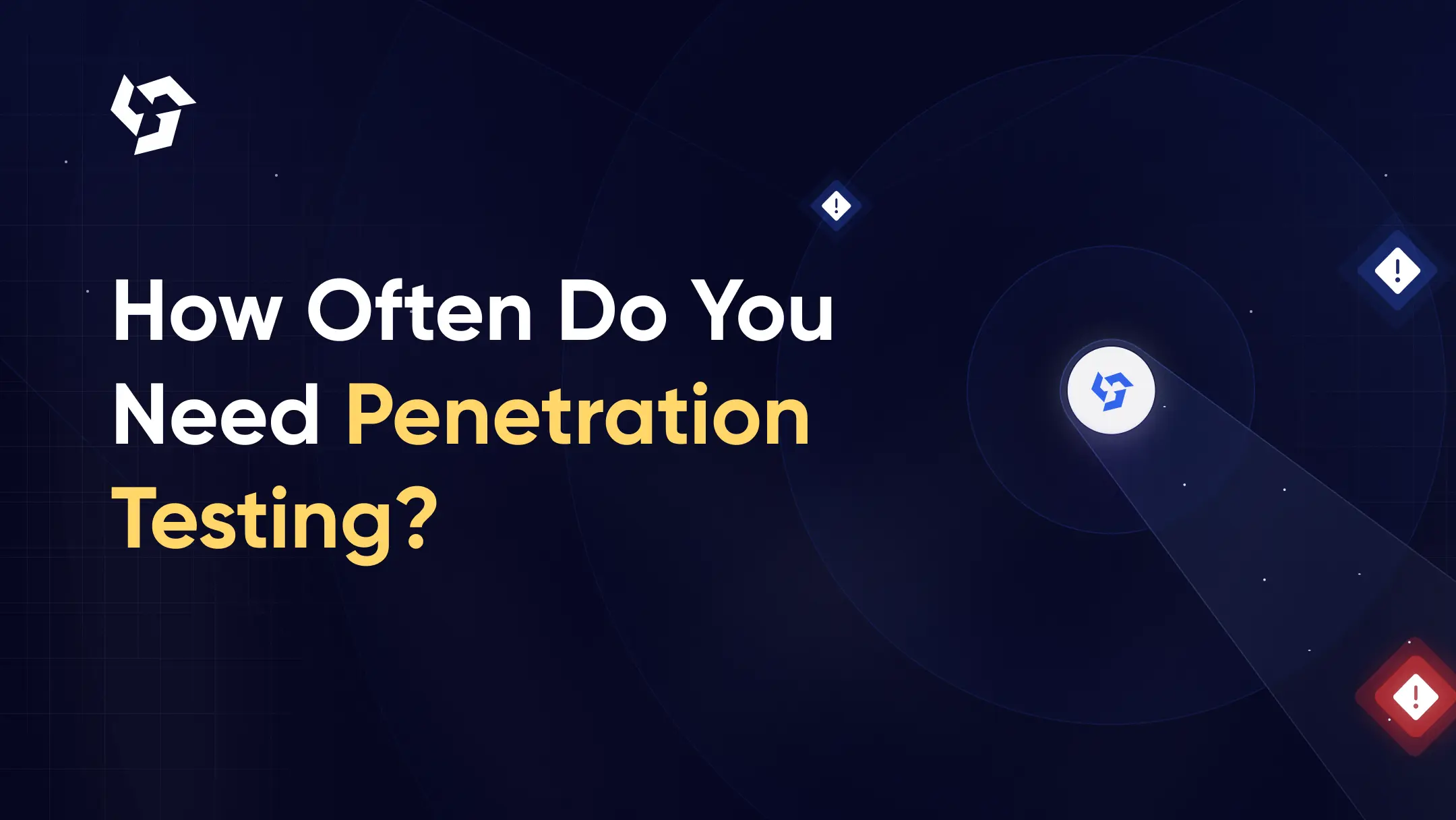
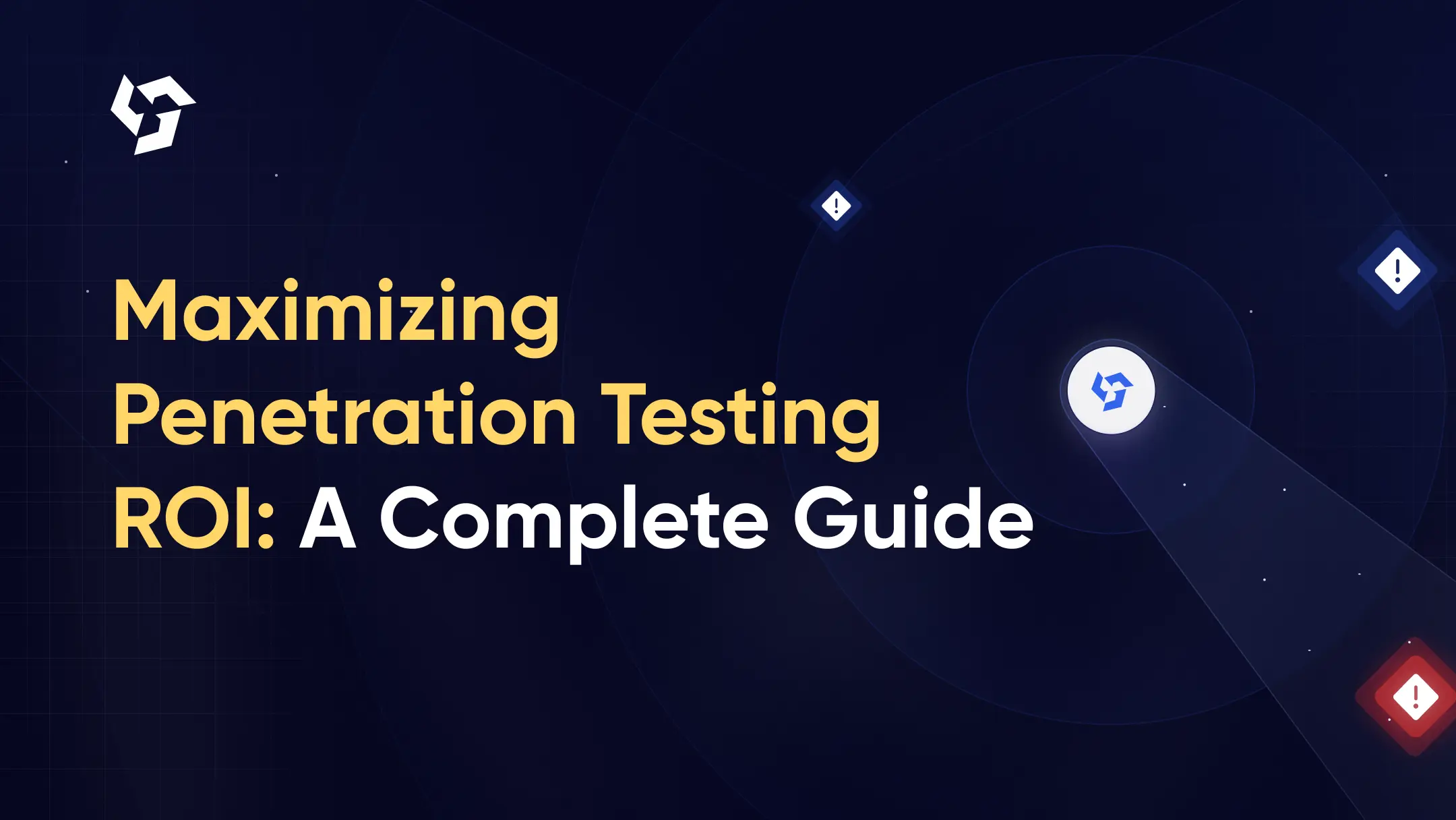

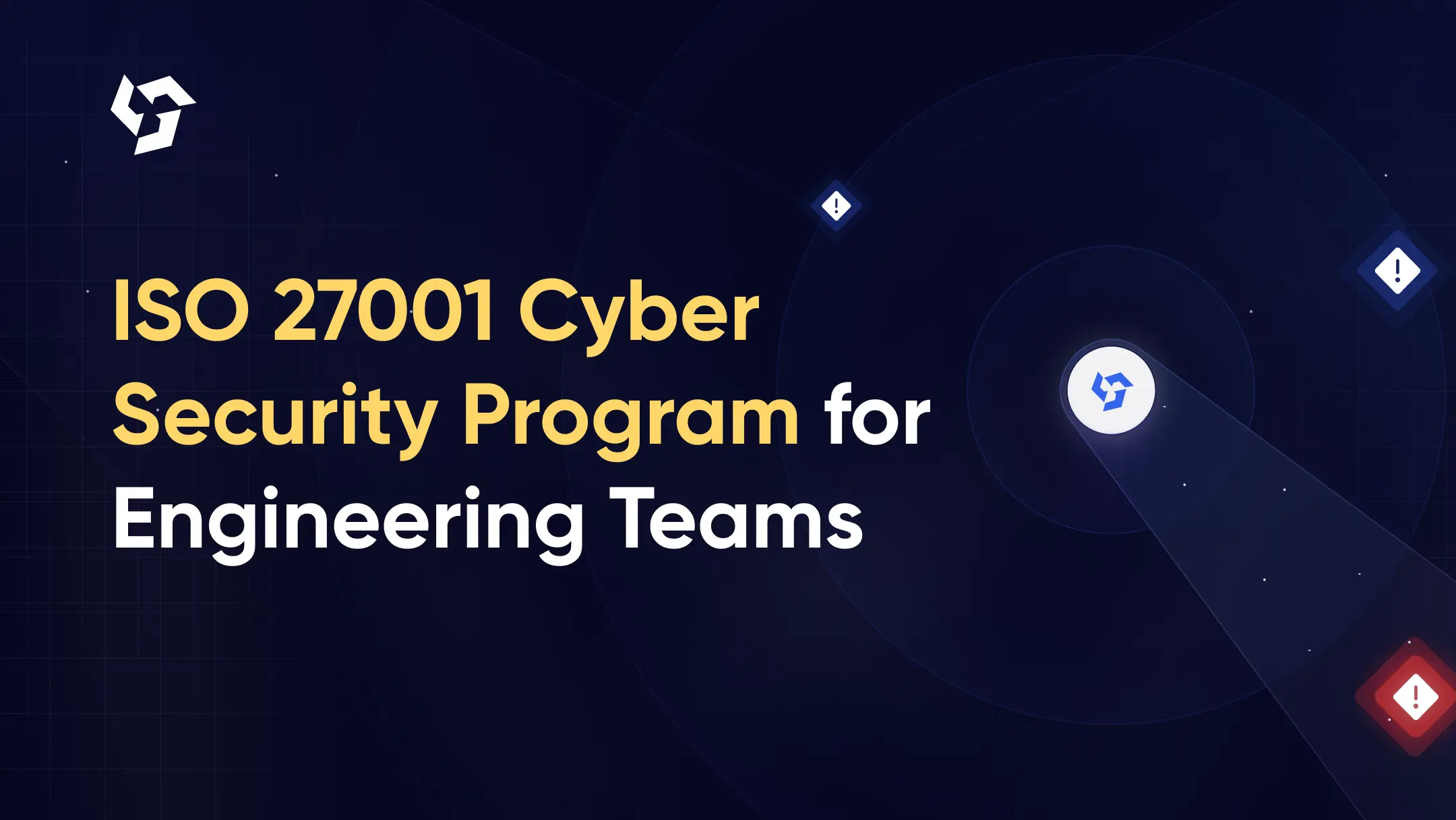
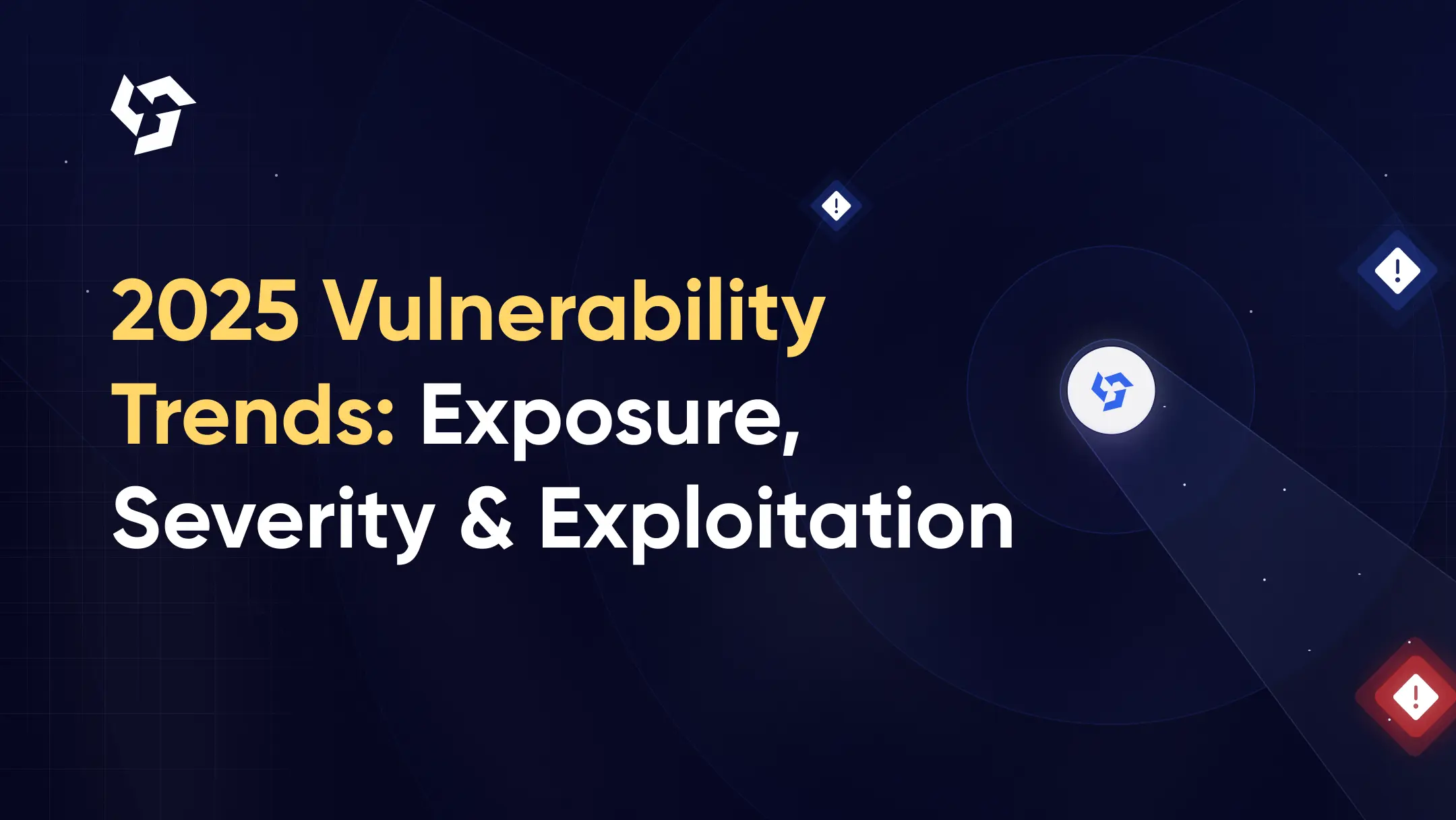
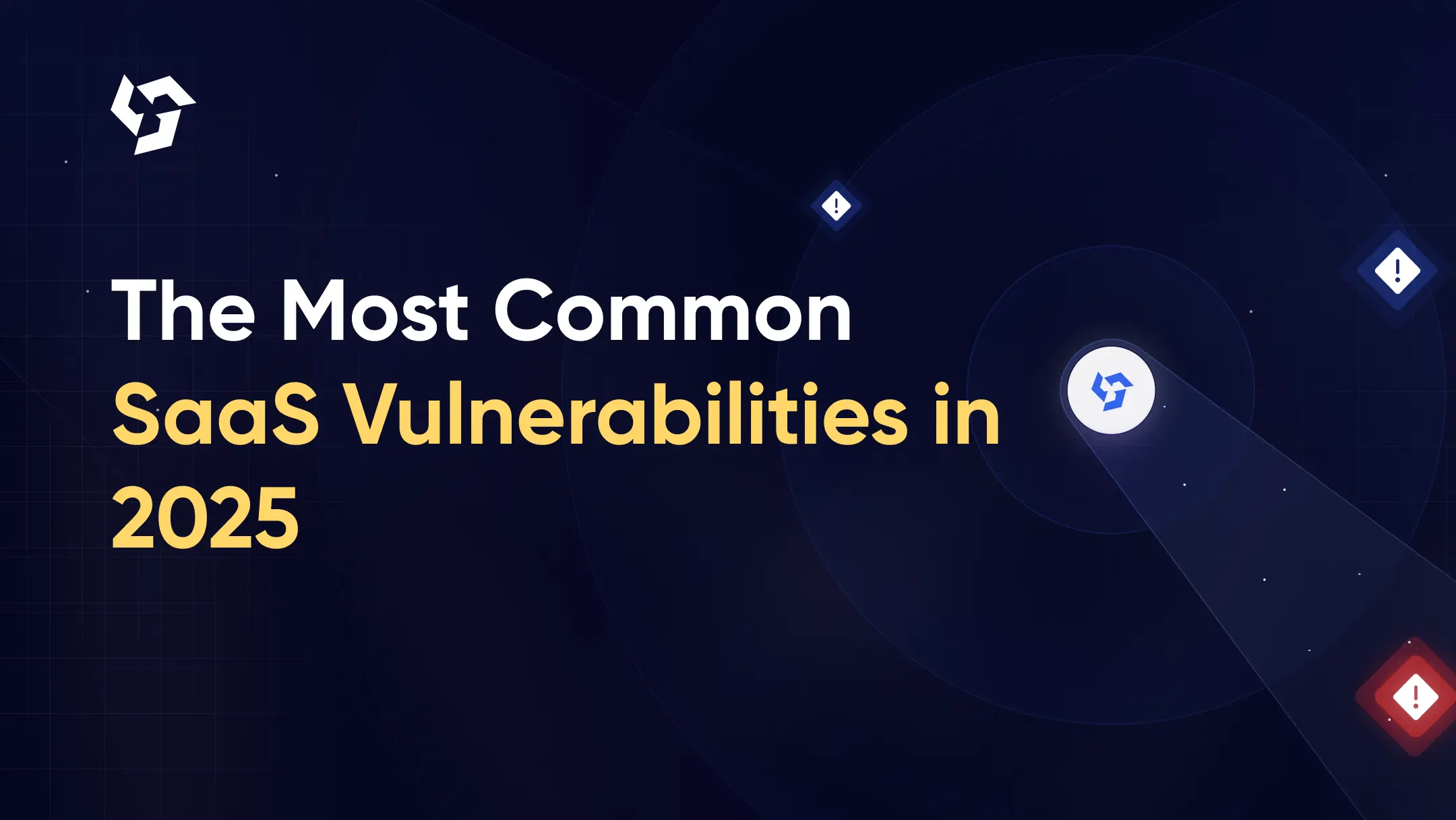









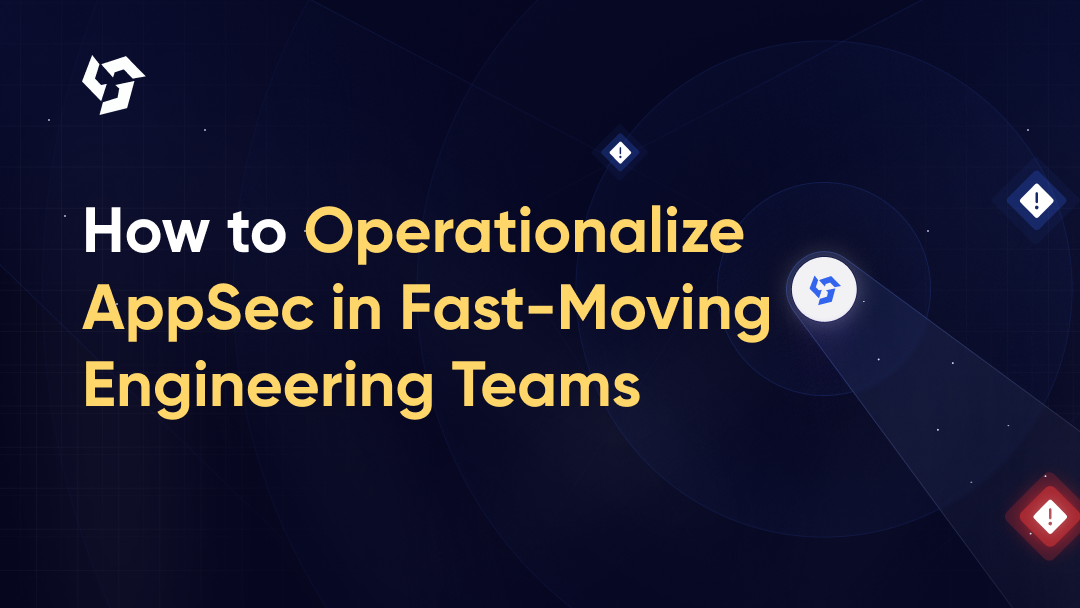



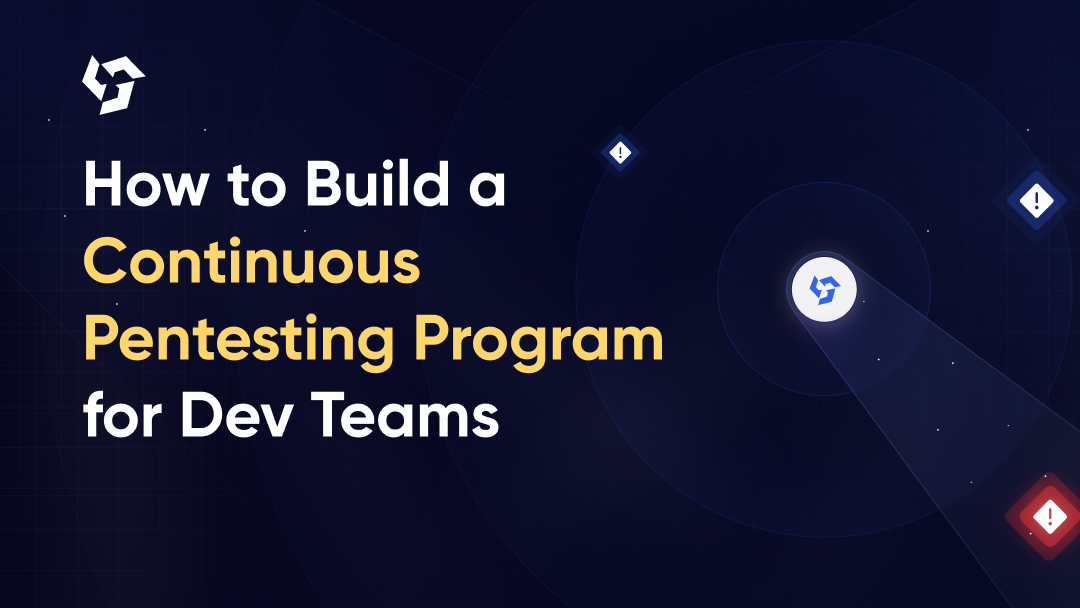



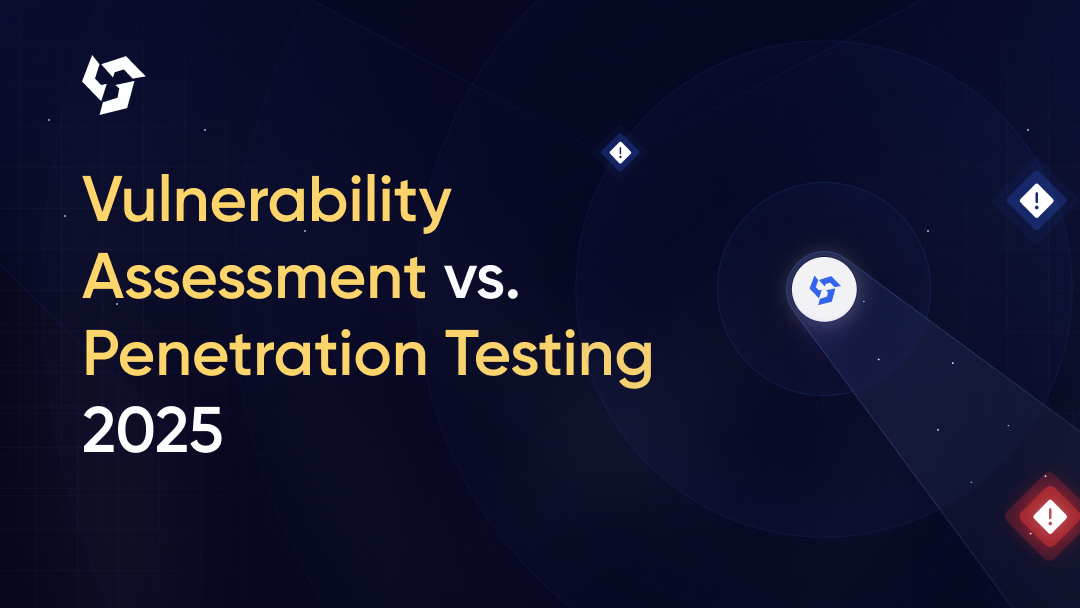

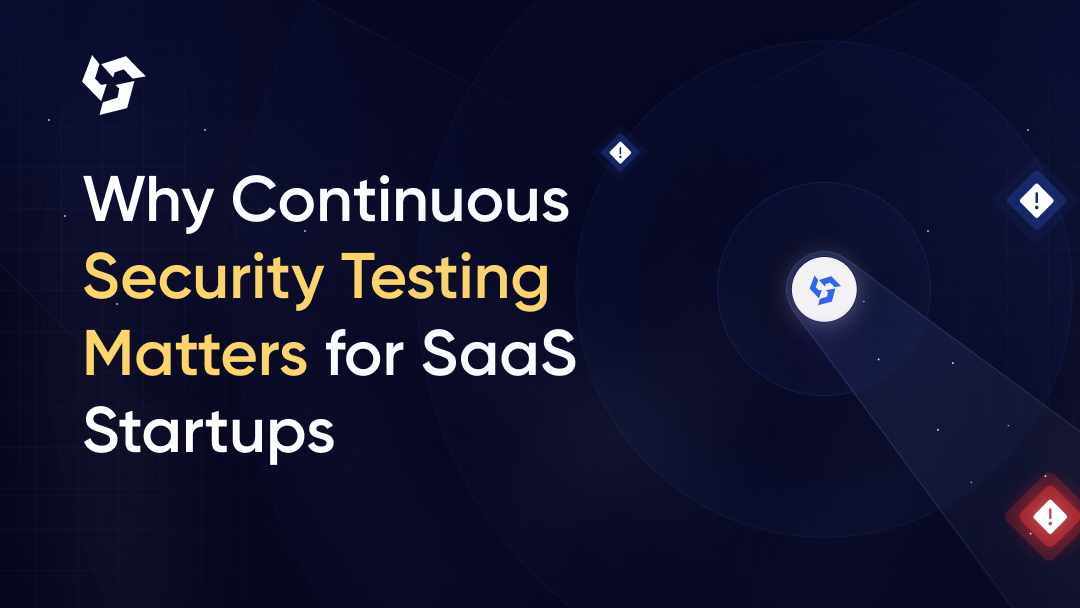
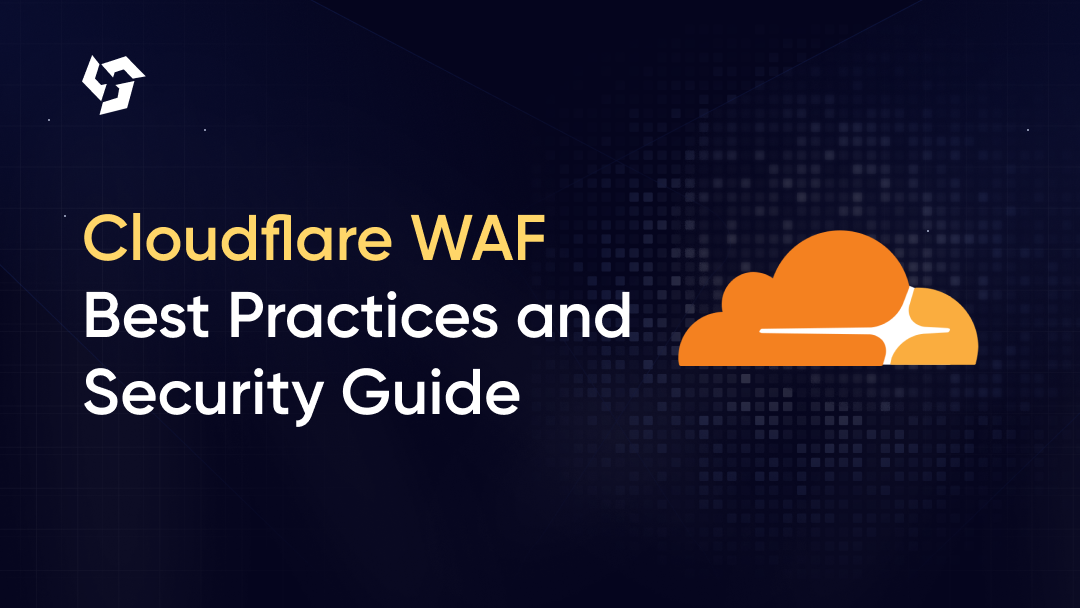

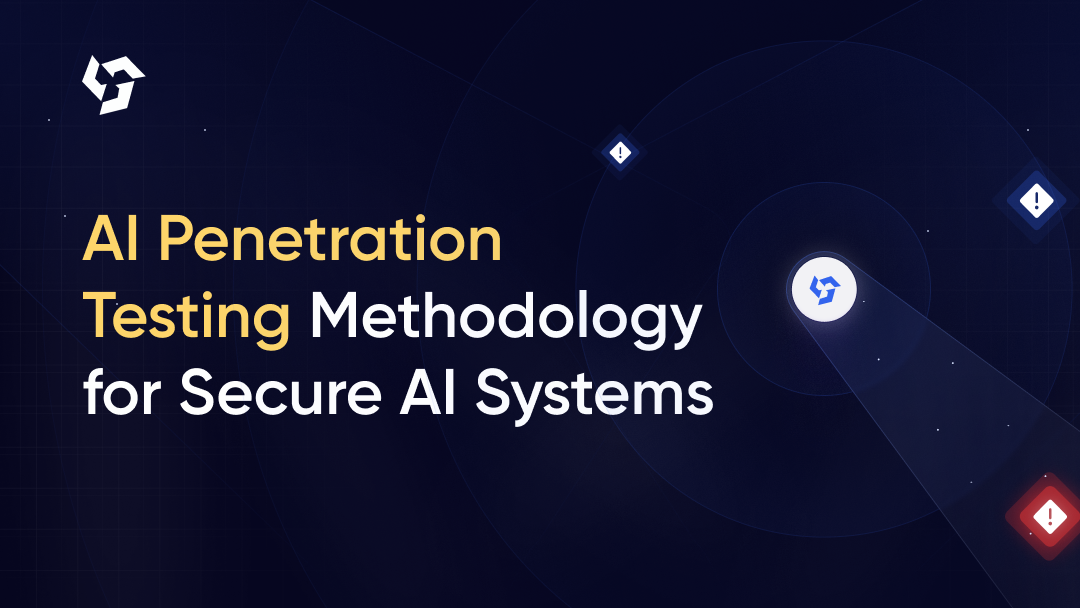

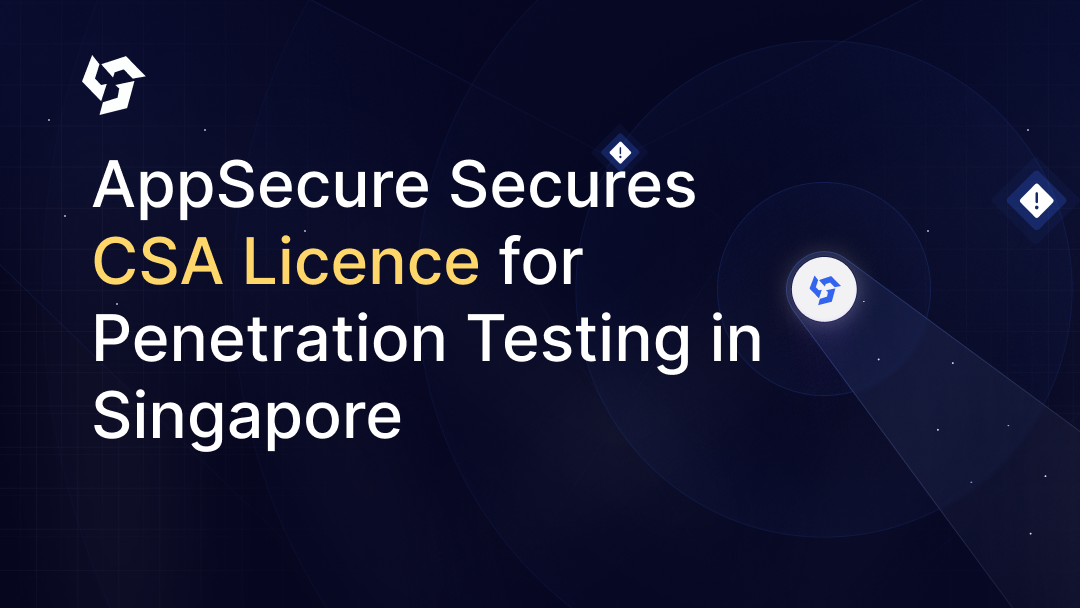
.png)
.png)
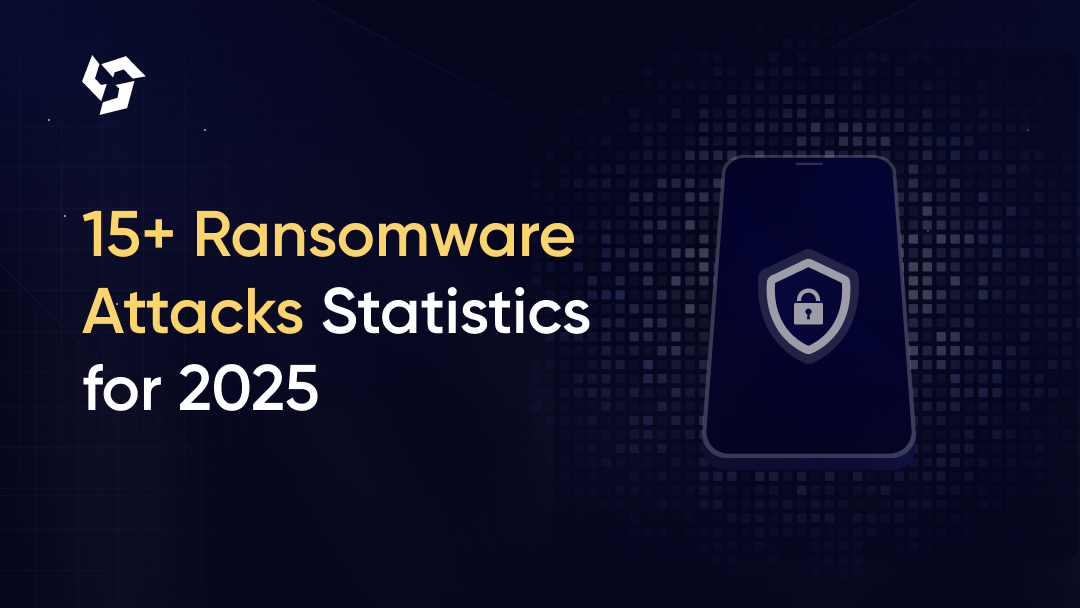
.png)
.png)
.png)
.png)
.png)
.png)

.png)
.png)
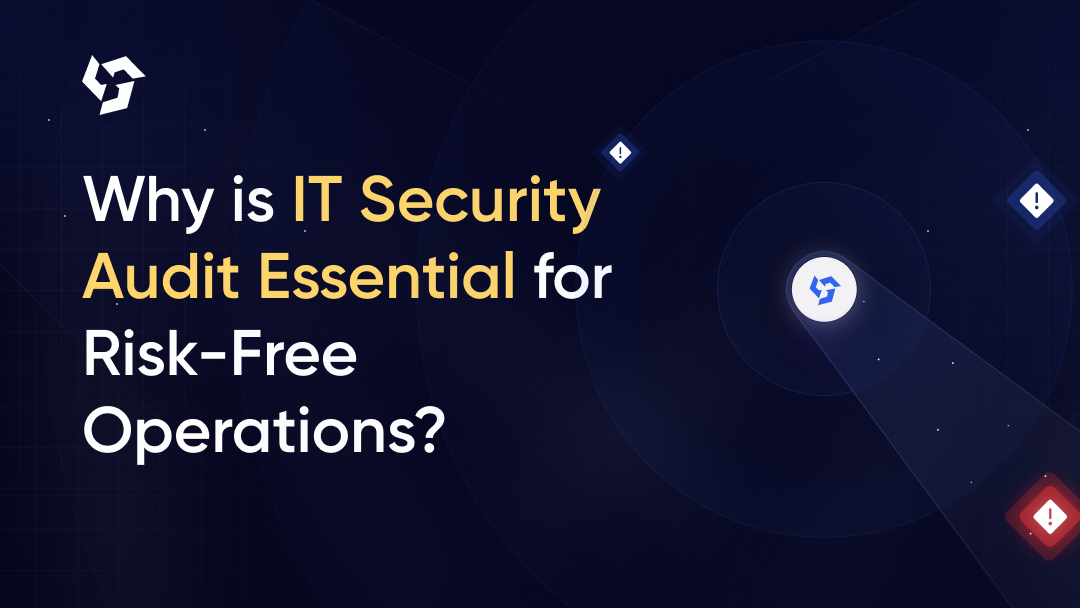

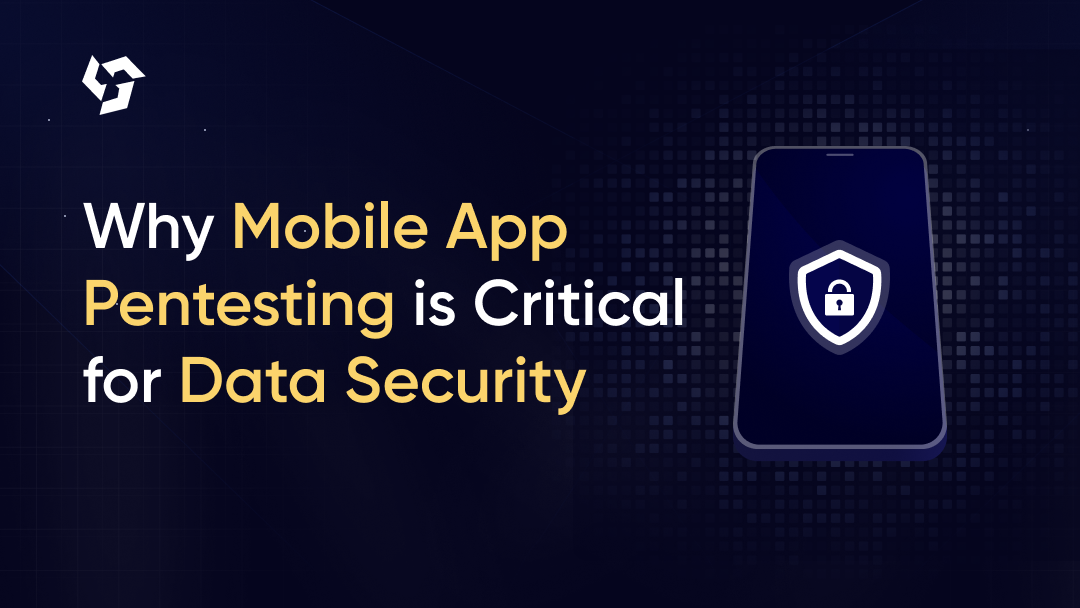
.png)


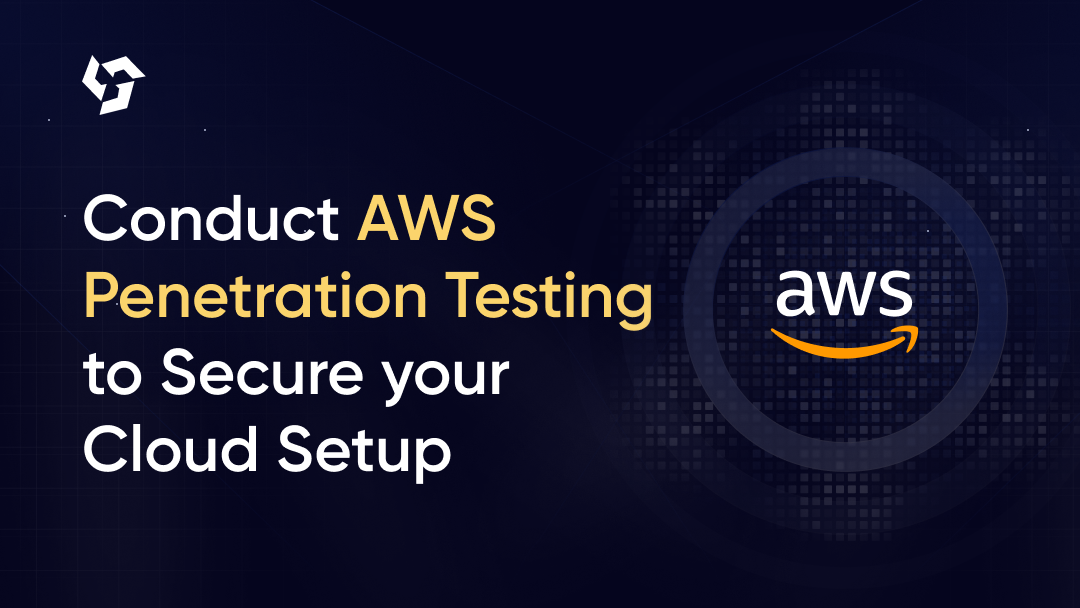
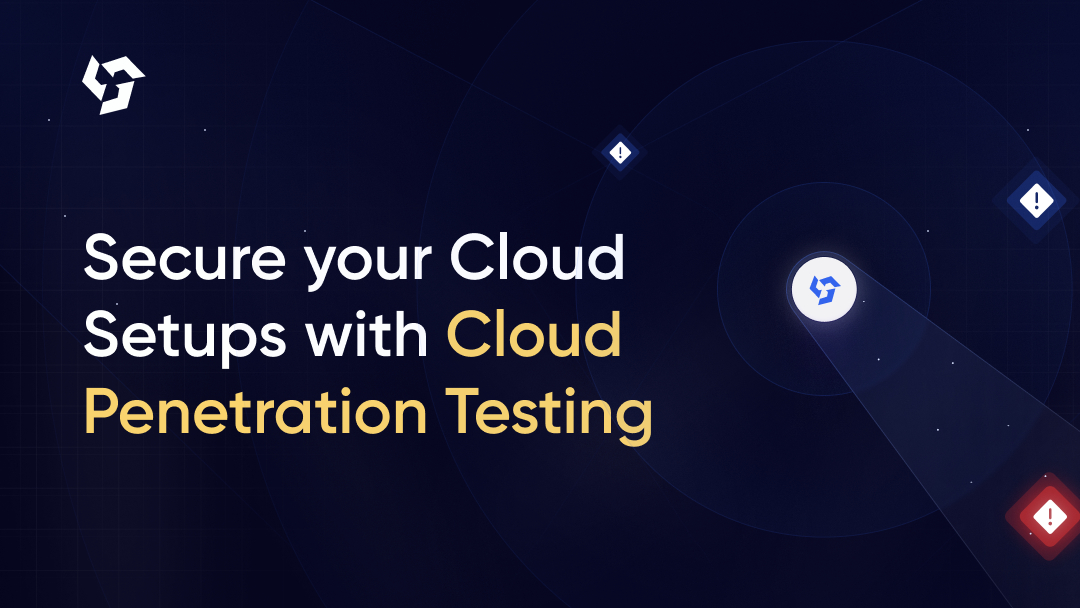
.png)
.png)
.png)
.png)
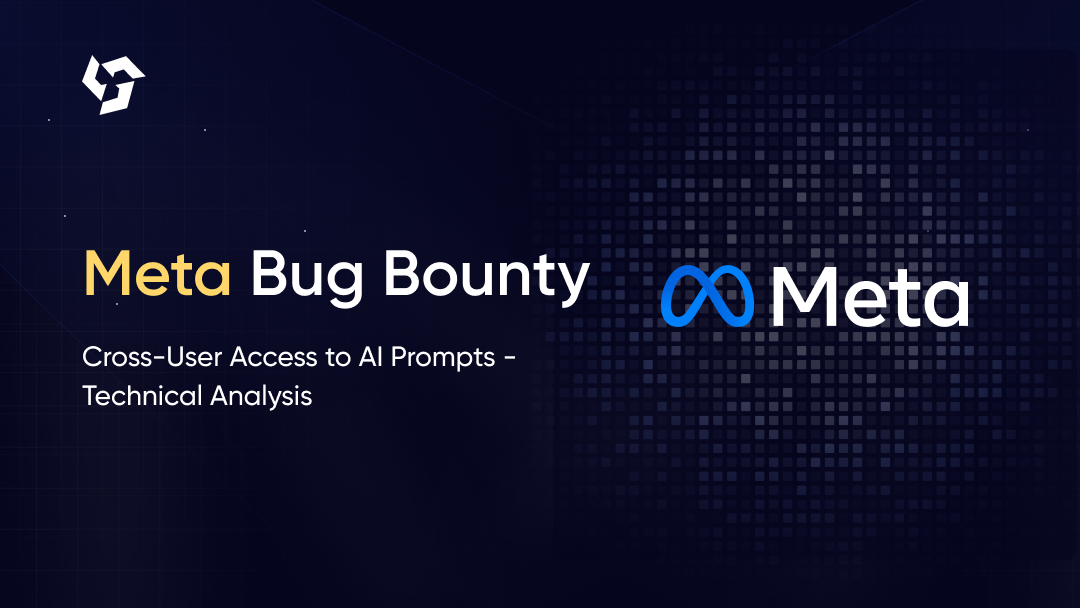
.png)
.png)
.png)

.png)
.png)
.png)
.png)
.png)

.png)









.webp)





.webp)


.webp)

.webp)



.webp)

.webp)
.webp)

.png)




.webp)
